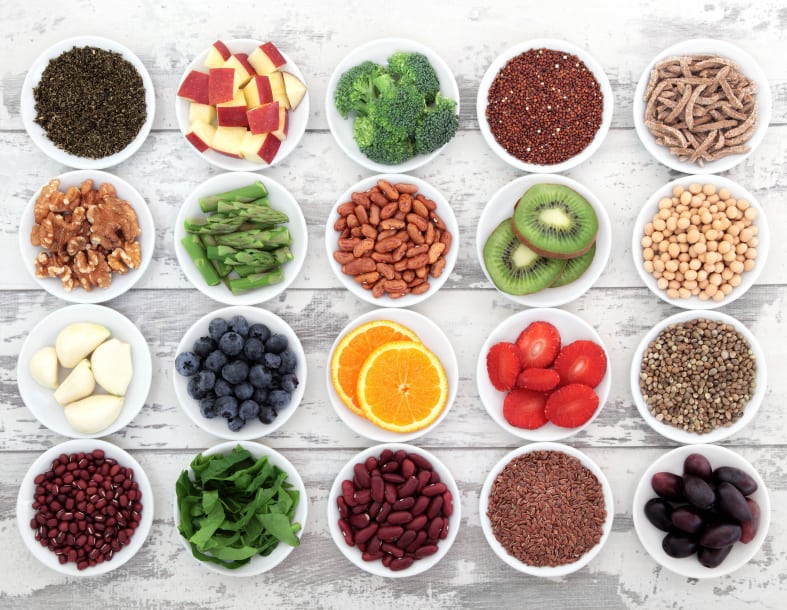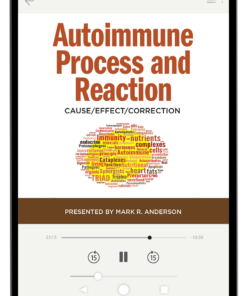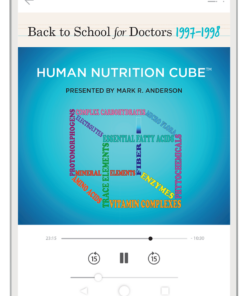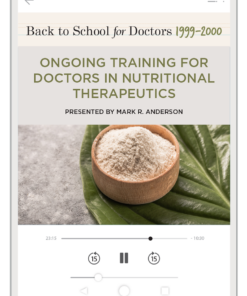©Mark Anderson January 26, 2008
1. A vitamin is a biochemical substance from food that is essential for human/animal life. The functional forms and complexity of vitamins can differ according to animal species.
a. Vitamins from food do not contribute to carcinogenesis or impair immune function.
2. An antioxidant is a substance made by plants that protect phytonutrient components from oxidation during plant growth and metabolism.
a. Plants (green portion) create oxygen as a toxic by-product through the complex process of photosynthesis (converting light energy to chemical energy) and thus need protection against oxidation.
b. Oxygen is toxic to plants while essential to animals. Plants expel oxygen and create antioxidants for self-protection.
3. Oxygen, made by plants, is the most important nutrient for humans/animals on Earth. Without oxygen, all such life-forms, terrestrial and aquatic, would be extinguished within minutes and there would be no water.
4. During routine metabolism human/animal cells, utilizing oxygen, generate reactive oxygen species (ROS), commonly called free radicals. This is normal.
a. ROS are crucial to the body in the destruction of pathogens and precancerous and cancer cells.
b. Exogenous antioxidants (from outside of the body) inhibit or quench ROS reactions in the body.
c. Cells do not require exogenous antioxidants to regulate ROS. Internally, all cells contain enzymes that control ROS (superoxide dismutase, catalase, glutathione peroxidase and others).
5. Antioxidants (exogenous) inhibit the body’s ability to destroy precancerous and cancer cells by suppressing apoptosis1, which is an ROS-dependent process.
6. Both ROS and certain vitamins are essential to the proper immune function of destroying pathogens.
a. The same vitamins that are currently thought of and described as antioxidants.
7. Exogenous antioxidants suppress the ability of the immune system to destroy pathogenic organisms.
a. Neutrophils2 destroy pathogens through secretion of ROS during phagocytosis3.
b. Antioxidants suppress the generation and action of ROS during phagocytosis.
8. Higher antioxidant levels in plants correlate to higher plant concentrations of phytonutrients. Antioxidants are useful biomarkers of the presence of phytonutrients in a plant.
9. Unlike exogenous antioxidants, vitamins and phytonutrients do not contribute to carcinogenesis or impaired immune function.
10. Antioxidants are not vitamins or phytonutrients. They are simply protectors of phytonutrients in plants.
a. Antioxidants are efficiently eliminated from the human body via urine. Essential nutrients are retained and utilized within the body.
b. Substances entering the body and swiftly eliminated are called “xenobiotics.”4 Antioxidants transit the body within minutes to hours.
c. Essential nutrients remain in the body and either combine with other substances (e.g., amino acids combine to form proteins), become part of enzyme and coenzyme systems, or become part of the body’s physical structure or biochemistry, such as the nutrient precursors of hormones.





